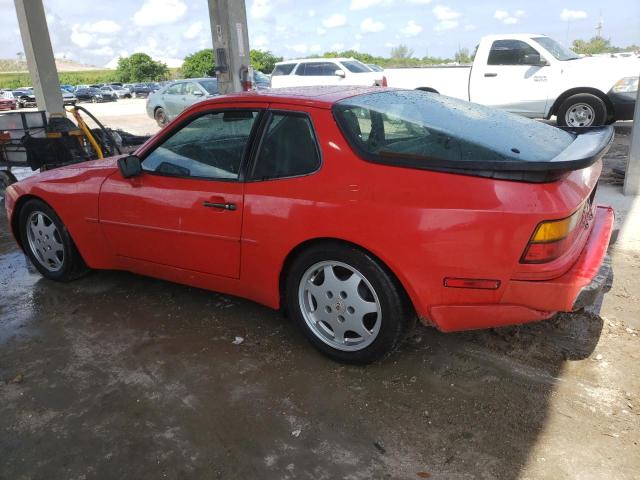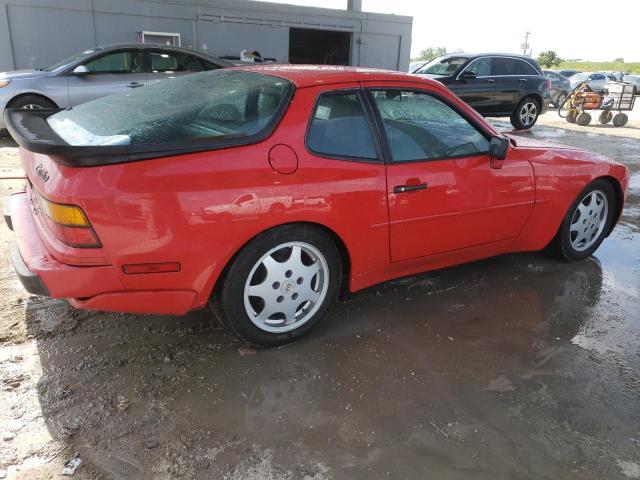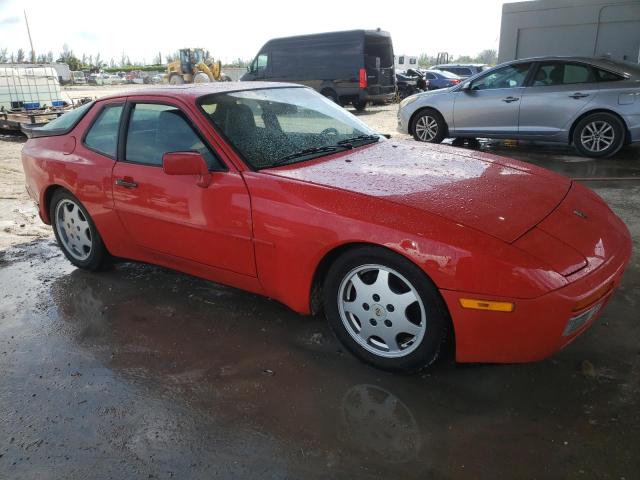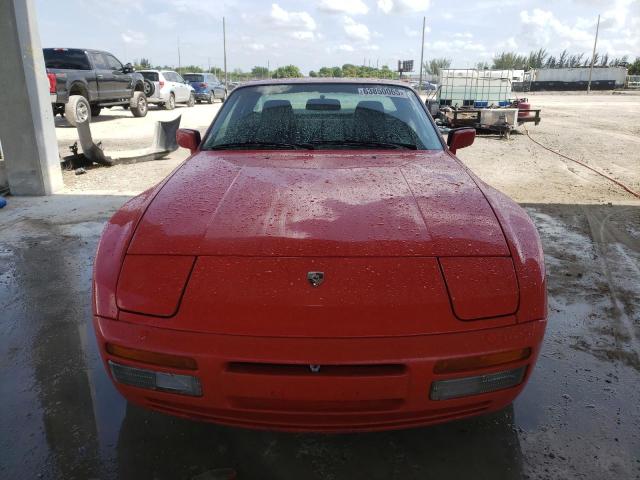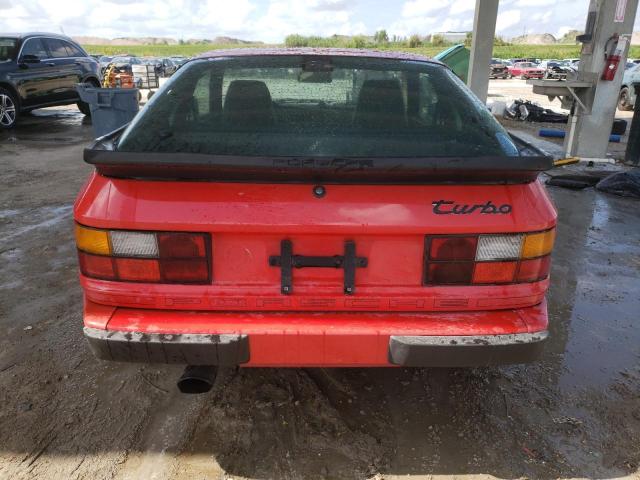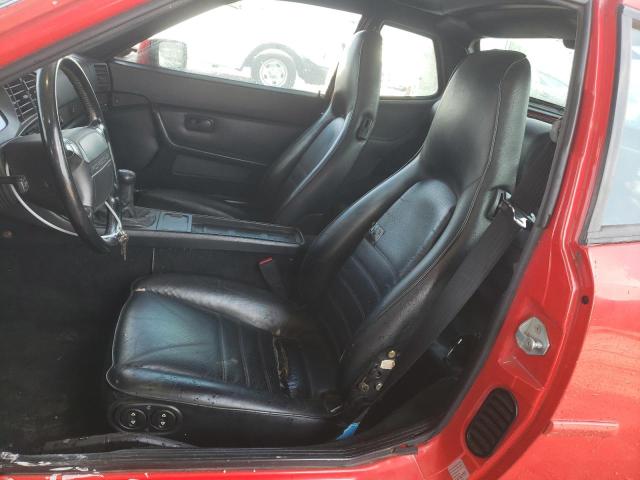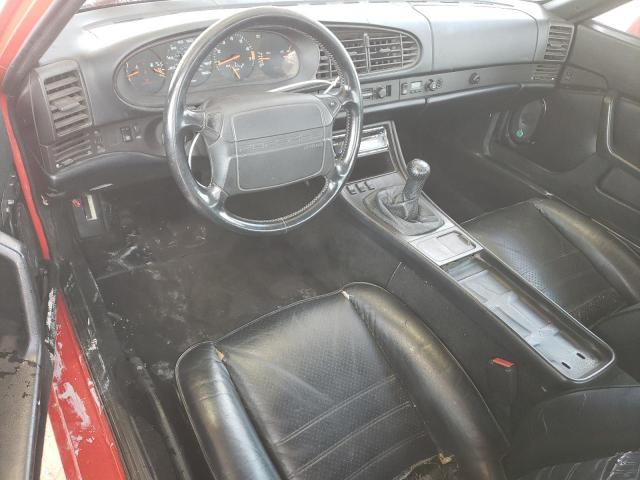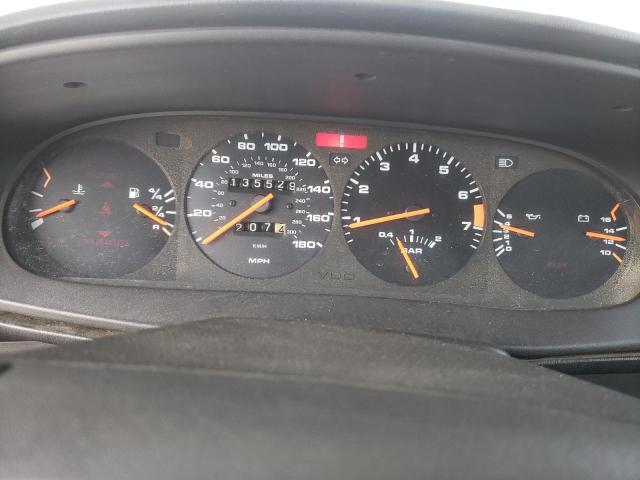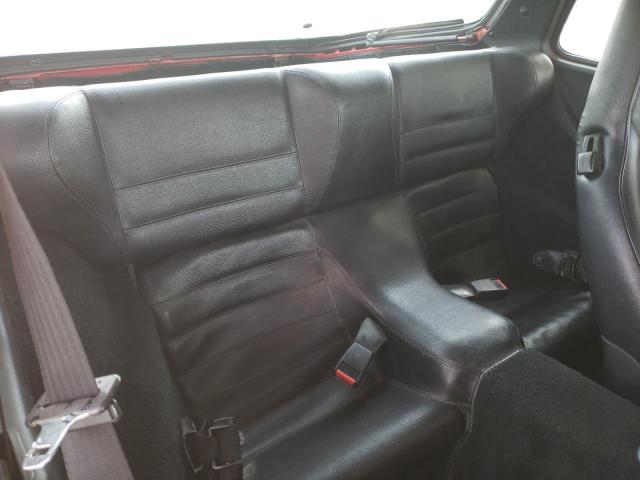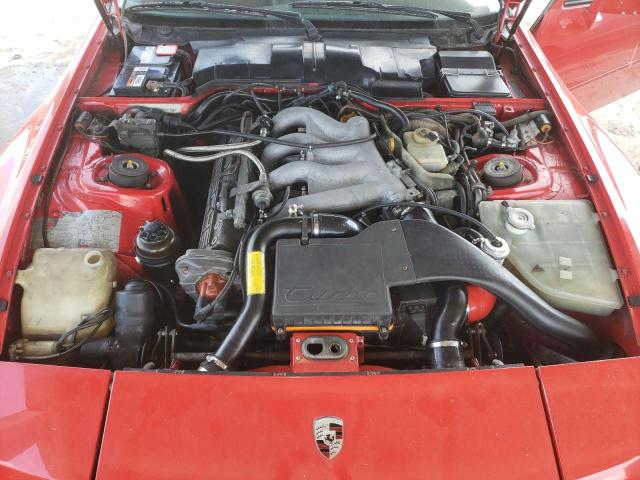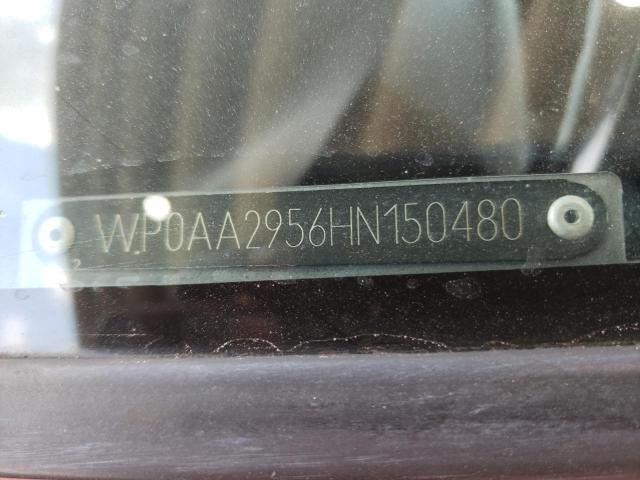1987 PORSCHE 944 | WP0AA2956HN150480
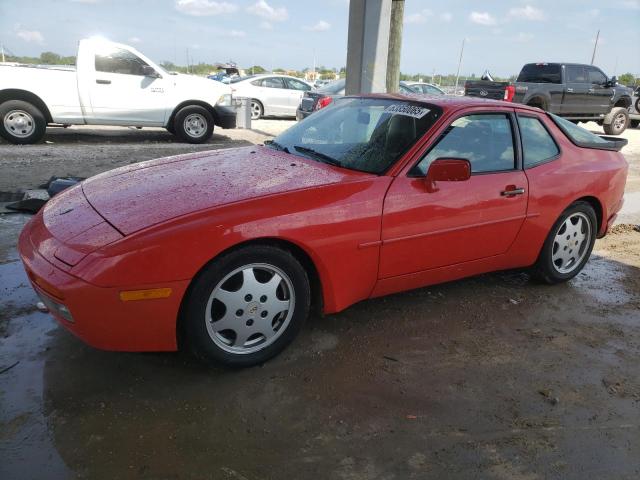 ❯
❯Lot details
- Sale Date2025-07-15
- Lot Number63850065
- Sale documentOH - CERTIFICATE OF TITLE (P)
- LocationFL - WEST PALM BEACH
- Odometer135,529 miles (218,112 km)
- Primary DamageMINOR DENT/SCRATCHES
Vehicle specifications
4
~$50,000
Engine: 2.5L turbocharged inline-4
Torque: 350 Nm
0–100 km/h: ~5.7 s
The Porsche 944 Turbo S was one of the quickest four-cylinder sports cars of its era. Thanks to its turbocharged inline-four producing 250 horsepower, it sprinted to 100 km/h in under six seconds — a figure that rivaled the V8-powered competitors of the late '80s. The engine was mounted far forward but balanced by the rear-mounted transaxle, creating a near-perfect 50:50 weight distribution.
The 944’s handling was often described as telepathic. Porsche's use of the transaxle layout gave it a low polar moment of inertia, while the wide track and finely tuned suspension offered exceptional poise through tight corners. The Turbo S variant sharpened that dynamic even further with upgraded brakes from the 928S4, Koni adjustable dampers, and stiffer torsion bars, allowing high-speed stability and track-day confidence without sacrificing ride comfort.
Despite its front-engine layout, the 944 retained a pure Porsche feel. Its steering was hydraulically assisted but incredibly communicative, offering precise feedback. The car rewarded skilled drivers with surgical control and consistent grip. More refined than the 924 before it, and more forgiving than the 911, the 944 defined a new kind of Porsche — one that democratized performance and precision for a broader enthusiast base.
Final Bid Porsche 944 (1987)
$10,500
$10,500
$10,500
Body Styles
The 944 was a two-door coupe with a classic fastback hatchback profile, defined by its long hood, short rear overhang, and low-slung stance. It featured flared fenders integrated into the body, giving it a muscular yet balanced look — a clear evolution from the 924, with which it shared basic proportions. The large glass hatch offered practical cargo space for a sports car, while the rear spoiler and fog lights gave it a subtly aggressive rear view. Later models, including the Turbo S and 944 S2, featured updated bumpers and smoother cladding, enhancing aerodynamic flow and modernizing its silhouette.
Model Name Meaning (Manufacturer)
Porsche’s numbering convention during this era assigned internal project codes as public model names. The "944" followed the 924 and 928, representing an evolution of design and technology. There was no marketing backstory behind the number — it simply denoted its place in Porsche’s lineup and engineering roadmap.
Body & Interior Colors and Rims
The 944 was offered in a mix of timeless and period-specific hues, including Guards Red, Alpine White, Baltic Blue, and Zermatt Silver. Special order colors like Champagne Gold or Nougat Brown gave the car a touch of exclusivity. Turbo and S2 models introduced brighter tones such as Coral and Stone Grey Metallic, reflecting the late-’80s taste for vivid finishes. The paint was deep and durable, with well-preserved examples today showing minimal fading even after decades.
Interiors featured color-matched carpets and leather or cloth upholstery in shades like Burgundy, Linen, Navy Blue, and Black. The Turbo S had a more premium cabin, with optional leather sport seats, high-bolstered cushions, and unique script stitching on the headrests. Dashboards were typically dark and uncluttered, with large analog dials and an unmistakable Porsche layout focused on the driver. Optional digital elements such as an onboard computer or equalizer panel enhanced the tech vibe of later years.
Wheels ranged from the signature 15-inch "cookie cutter" alloys to the iconic 16-inch Fuchs or Design 90 wheels on high-spec models. The Turbo S featured 16-inch forged Club Sport wheels with staggered widths, finished in satin black or silver. Wheel design not only complemented the fender flares visually but also helped with brake cooling and performance stability.
Top Expensive Options
- Leather Sport Seats with Power Adjustment: $2,200
- Limited Slip Differential (40% lock): $1,300
- Forged Club Sport Alloy Wheels: $1,600
- Headlight Washers and Rear Wiper Package: $700
- Anti-Theft Alarm System with Keypad: $600
- Sunroof with Tilt Function: $800
- Air Conditioning with Rear Vents: $1,000
- Hi-Fi Sound System with Graphic Equalizer: $850
- Digital Clock and Trip Computer: $450
- Paint-to-Sample Exterior Finish: $1,200
vs Competitors
The Porsche 944 competed against a wide variety of contemporaries — from the BMW E30 325i and Mazda RX-7 to the Chevrolet Corvette C4. Against the RX-7, the 944 offered more predictable handling and better build quality, though it lacked the rotary’s high-rev character. Compared to the BMW, the 944 was more purpose-built for performance, offering superior balance and sharper dynamics. The Corvette had more raw power but was heavier and less refined in chassis response. What truly set the 944 apart was its composure at the limit, ease of control, and the feeling that every component was engineered with precision and driver engagement in mind. In terms of quality and longevity, few cars in its class aged as gracefully — both mechanically and visually.
Fun Fact
The Porsche 944 Turbo was the first production car to feature driver and passenger airbags as standard equipment in the U.S. starting in 1987. At a time when airbags were still optional or unavailable in many high-end vehicles, this made the 944 not just fast and balanced, but also forward-thinking in terms of safety — a trait rarely highlighted in discussions of '80s performance cars.



